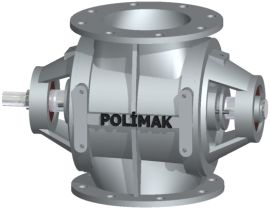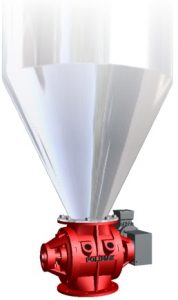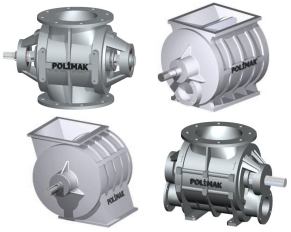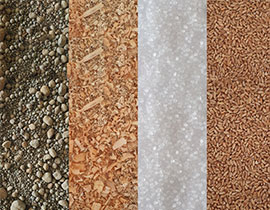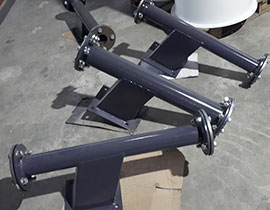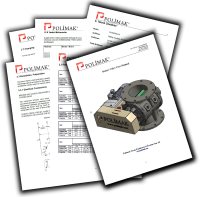A variety of sealing options with different properties are available to operate in different conditions. A seal is fitted inside the stuffing box situated on the end plates. It prevents the material outflow from the rotor pockets into the bearing region. It also prevents impurities from entering the rotor housing. Failure of the seal compromises the rotary valve system. When compromised, the bearings are put at risk and if combustible materials are processed, the entire valve system becomes dangerous because of the increased risk for material buildup and ignition. Some of the commonly used seals include; gland packing and lip seals. The operating environment affects the lifespan of these seals.
Gland Packing
Whenever a gland packing seal is utilized, a gland follower is commonly used to compress the packing. The seal is manually into the stuffing box. It is the most commonly used seal even though it is not necessarily easy to replace. Multiple rows can be depending on the valve model. When several rows are used, they are stacked together to prevent leakages in most valve systems. The seal is made from a mixture of different materials.
Lip Seal
The lip seal uses a similar working approach to that of a gland packing seal. The primary function of a lip seal is simply to keep away contaminants and retain lubricants. It also confines pressure. The nature of the seal is to function by maintaining proper contact with the rotating counterpart. The sealing edge diameter is slightly lesser than that of the shaft that is to go through it. The sealing lip (front face) is angled at the point of contact with the shaft in order to reduce friction. The garter spring helps maintain the pressure on the shaft.
